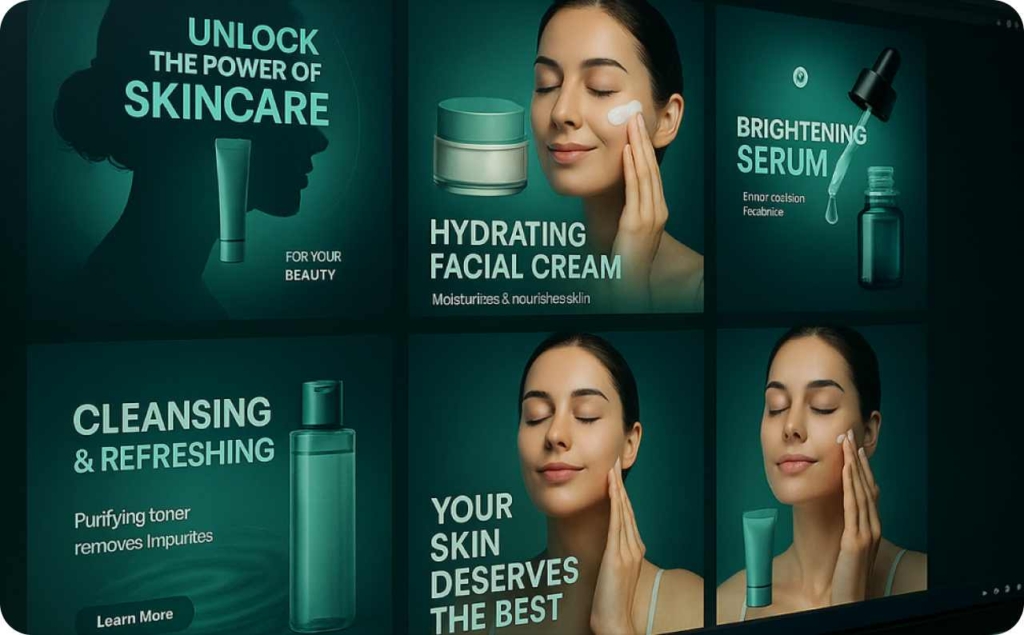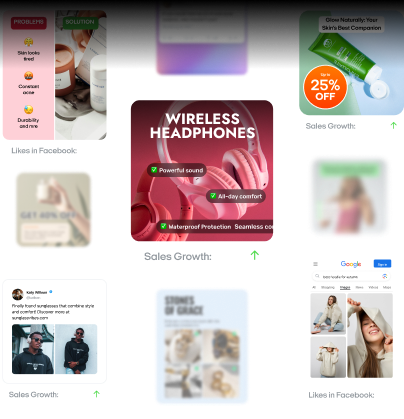Best InVideo AI alternatives: Which one to choose for business?
Not sure if InVideo AI meets your needs? Zeely AI reviews and ranks the best alternatives for businesses seeking faster, more creative, and scalable ad video solutions.
InVideo AI creates limits you can’t afford to ignore. Watermarks reduce brand credibility. Templates lack flexibility. Usage caps restrict scale. Pricing increases fast without unlocking more features.
If you create videos for SaaS campaigns, social ads, or content marketing, these blockers slow your output and dilute your brand. InVideo introduced text-to-video automation, but it hasn’t kept up. Today’s AI video editors offer real customization, smart scripting, and watermark-free exports without the trade-offs.
Yes, there are better options. And you’ll find them here. This guide compares the best InVideo AI alternatives for 2025 — tools built for speed, editing control, and growth. Each platform removes the friction points that make InVideo hard to scale: rigid formatting, hidden costs, and limited automation.

Why consider an InVideo AI alternative?
InVideo adds friction where you need flow. Watermarks appear even on paid tiers. Templates are rigid. Usage caps limit how much you can create. Essential features often sit behind paywalls.
You can’t adjust motion timing or layer positions. Export options are limited by credit-based restrictions. HD resolution, brand removal, and subtitle syncing require upgrades.
These restrictions interrupt campaigns, delay approvals, and add costs.
- Watermarks reduce brand credibility across social platforms
- Editing constraints restrict creative freedom for SaaS, ecommerce, or content teams
- Usage limits force scaling teams into higher pricing tiers early
- Locked features slow down production and increase tool-switching friction
User reviews on G2, Trustpilot, and Capterra often cite mid-project export blocks and unexpected charges. Many teams switch after hitting editing walls during client deliverables or launch prep.
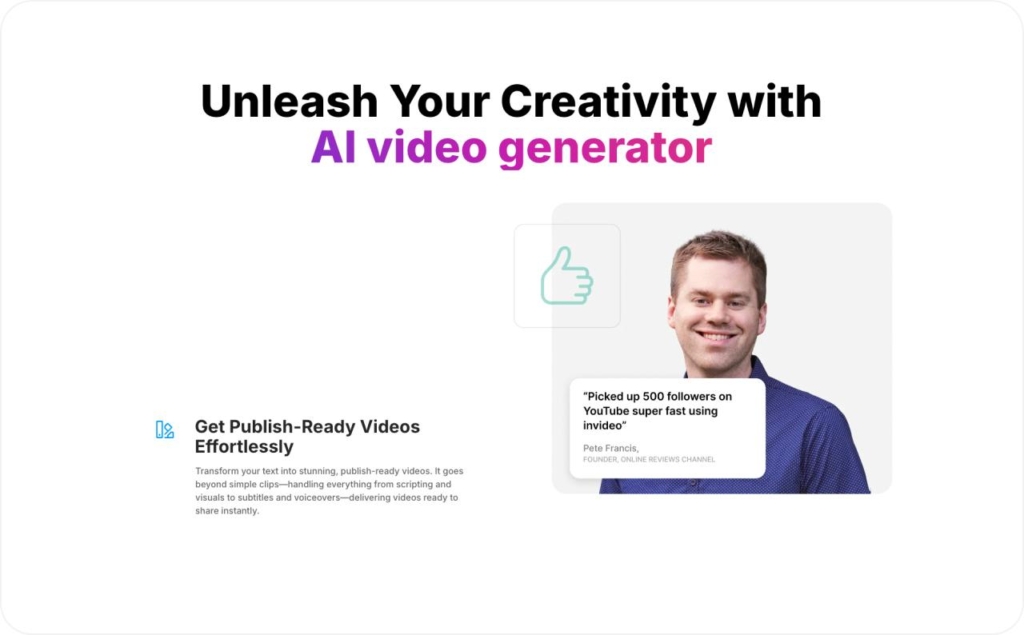
Alternatives now outperform InVideo. Tools like Kling AI, Pictory, and Runway ML offer editable layers, avatar narration, dynamic script-to-video workflows, and fair pricing structures.
SaaS agencies report saving up to 18 hours per month after switching, removing watermark reworks and redundant export edits.
InVideo restricts workflow efficiency and adds hidden costs. Alternatives remove those blockers, letting you scale production and protect your brand image.
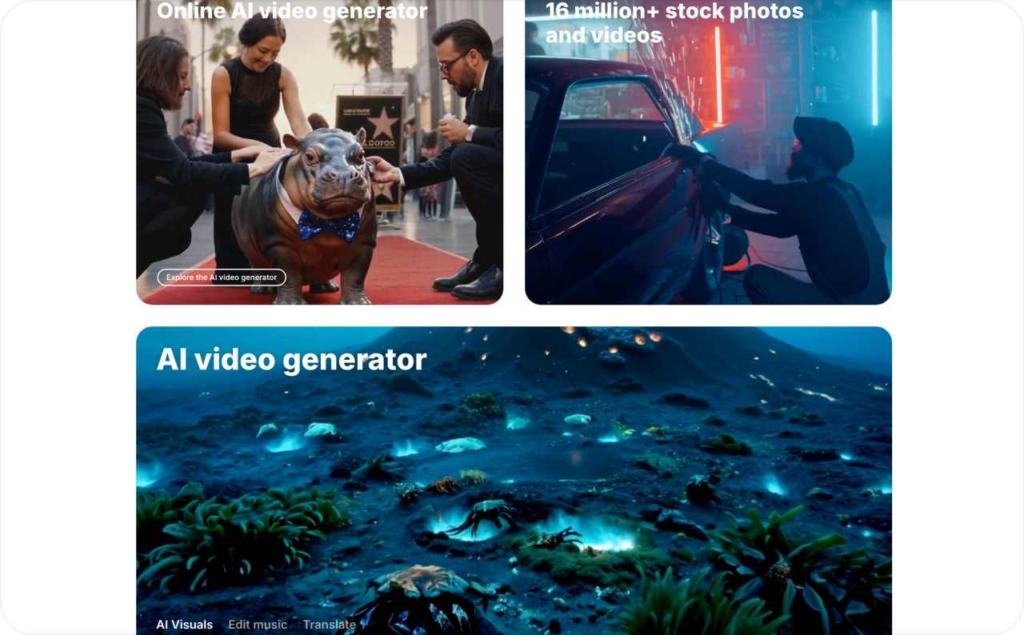
InVideo AI alternatives snapshot
| Tool | Best for | Watermark-free | Strength | Weakness |
| Zeely AI | Ad creators, small biz, mobile users | Yes | Mobile-first, auto ad generation | Not for long-form explainer videos |
| Sora | SaaS teams, content ops | Yes, on paid plans | Script-based automation | Less visual design flexibility |
| Pictory | Bloggers, podcasters, solopreneurs | Yes | Repurposes blogs/webinars | Functional visuals only |
| Runway ML | Visual artists, UGC brands | No | Cinematic AI visuals | Learning curve, GPU needed |
| Kling AI | Multilingual training, product demos | Yes | Avatar control & localization | Complex setup |
| Synthesia | HR, enterprise training | Yes | 120+ languages, 140 avatars | Corporate tone only |
| Veed | Creators, social media marketers | No | Fast edits, social formats | Weak for long-form videos |
| Canva Video | Educators, internal comms | No | Easy templates, brand control | Limited AI features |
Top InVideo AI alternatives
InVideo AI has its strengths, but for many marketers, creators, and educators, the platform’s limits — rigid templates, usage caps, watermark restrictions, slow down production. Fortunately, 2025 offers a wave of AI video editors that combine automation with flexibility, and usability with control.
Below is a detailed comparison of the most compelling InVideo AI competitors. Each one offers unique advantages depending on your team’s goals, use case, and technical comfort level.
Zeely AI
Zeely AI is a mobile-first AI video and ad generator designed for entrepreneurs, small teams, and creators who need scroll-stopping content fast without editing skills or complex workflows. It combines video creation, ad copywriting, brand identity, and performance-ready templates into a seamless experience.
- Best for: Solo marketers, ecommerce shops, startup founders, mobile-first creators
- How it works: Users enter a product name or URL, and Zeely instantly generates ad creatives with AI, video scripts, scenes, visuals, and branded designs tailored to specific social platforms like Instagram, TikTok, and Facebook
- Pricing: from $29.95/month
- Use if: You want mobile-optimized video ads that feel native to TikTok, Instagram, or Facebook and you don’t want to touch a timeline editor
- Real-world use: A dropshipping founder used Zeely to generate 30 high-converting TikTok ads in 7 days, no designer or copywriter involved
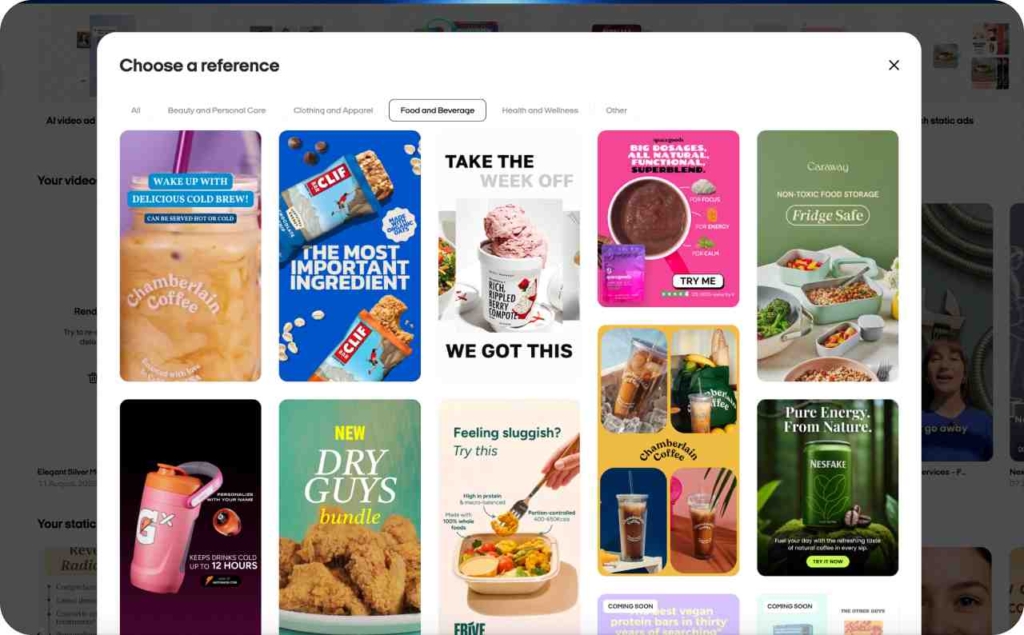
Key features:
- Instant AI-driven video creation from one prompt
- Platform-native exports
- AI-generated scripts, visuals, headlines & CTAs
- Mobile editor + desktop dashboard
- 100% watermark-free exports
Compared to InVideo: Zeely requires zero manual editing or template adjustments. It’s mobile-first, fully AI-powered, and built for ad results, not just video delivery
Pros:
- Fastest content-to-ad workflow on mobile
- Built-in ad optimization logic
- Seamless brand consistency across video & image ads
- Great for non-designers and non-editors
- No watermark
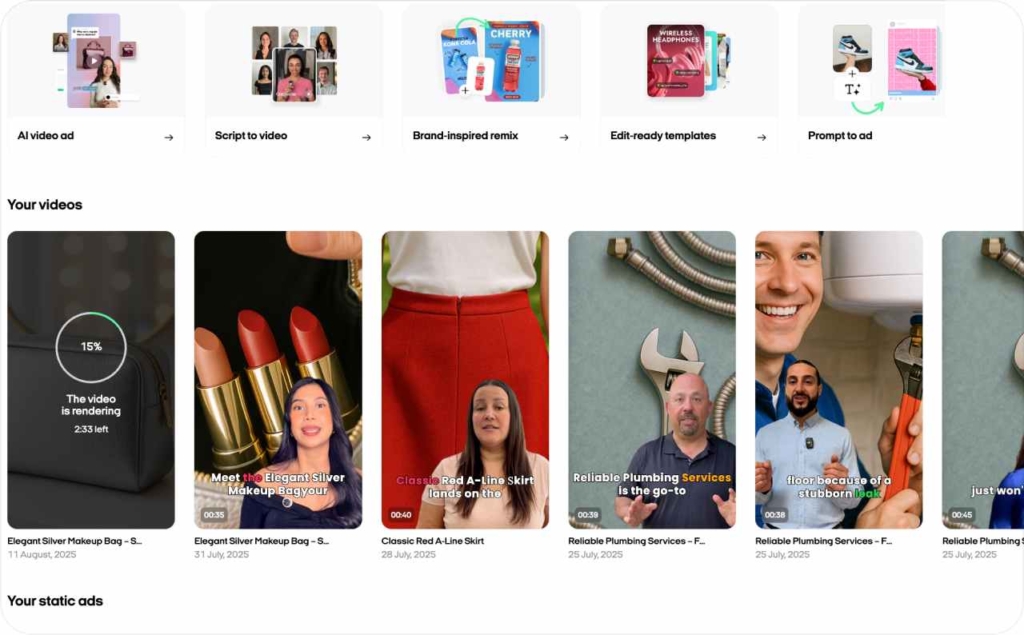
Cons:
- Focused primarily on short-form ad content
- Limited advanced editing controls for those seeking manual scene customization
Sora
Sora is built for speed, script intelligence, and scalable automation. The platform’s core advantage is its natural language-driven video rendering, which translates simple scripts into dynamic scenes. Its AI focuses on narrative logic and brand consistency, making it an excellent choice for performance-driven marketing.
- Best for: SaaS marketers, growth teams, content operations that publish often
- How it works: You write a script, and Sora builds the scene flow automatically, adding animations, transitions, and synced voiceovers. It adapts each scene to brand guidelines
- Pricing: Starts at $29/month; all paid plans are watermark-free
- Use if: You manage high-volume campaigns and need to reduce turnaround without losing storytelling clarity
- Real-world use: A B2B team used Sora to generate 45 thought-leadership clips in one month for LinkedIn ads
- Key features: Smart scene splitting, tone-matched stock visuals, audio automation, branded presets, text overlays with motion
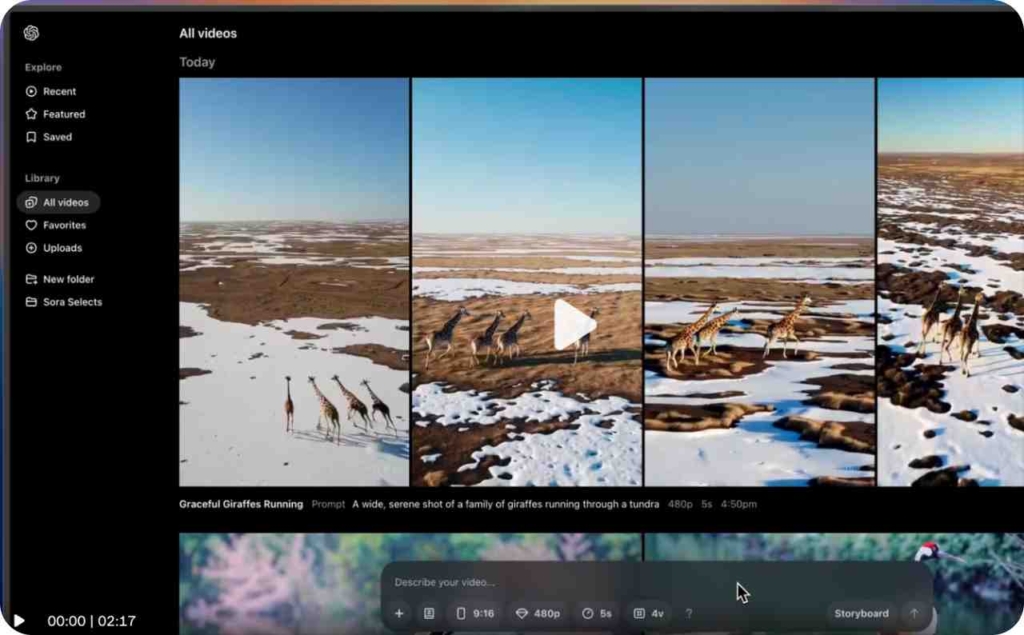
Compared to InVideo: Sora’s automation removes friction — no drag-and-drop required, and it avoids awkward pacing in auto-generated scenes
Pros:
- Extremely fast video output
- Script-first workflow = less manual input
- Brand-safe templates + customizable pacing
Cons:
- Less design freedom if you want to break away from the scene logic
- Not suited for highly stylized or cinematic visual demands
Pictory
Pictory is purpose-built for content repurposing. It excels at transforming long-form assets — blogs, interviews, webinars, into short, engaging videos. The tool is optimized for creators who want to turn static content into shareable clips with minimal manual effort.
- Best for: Blog-rich brands, solo marketers, course creators, podcast producers
- How it works: You paste a URL, upload text/audio, or import a transcript. Pictory summarizes, generates a storyboard, and adds voice + captions
- Key features: Auto-script summarization, branded visual themes, accurate auto-captions, voice cloning, headline overlays, social-specific aspect ratios
- Pricing: Starts at $23/month; free trial available
- Use if: You want to turn existing articles or audio into fast, on-brand video assets
- Real-world use: A consultant turned 30 blog posts into YouTube Shorts and Instagram Reels in under 14 days
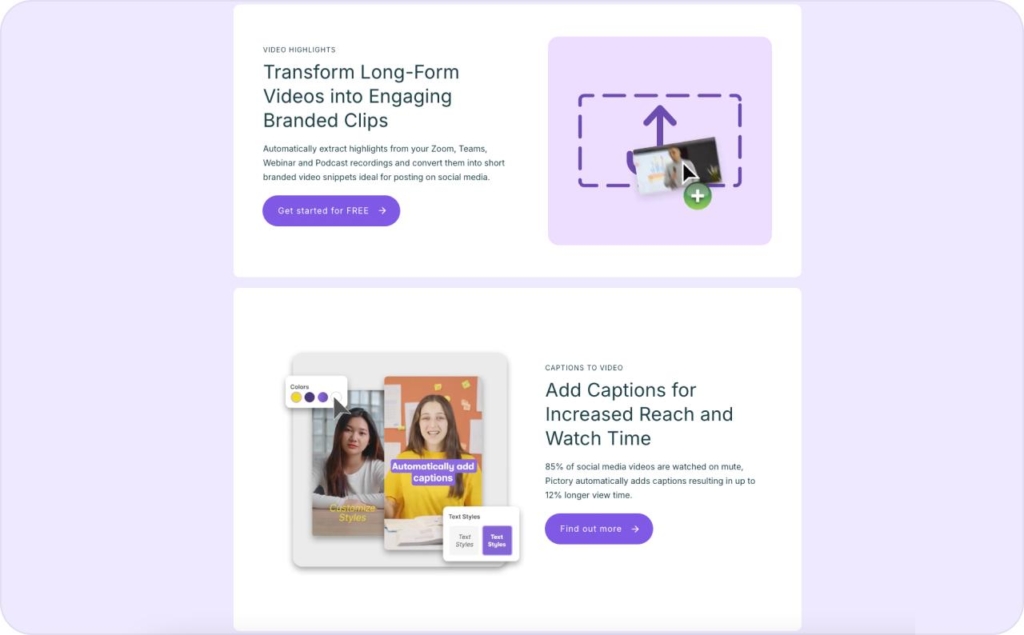
Compared to InVideo: InVideo requires manual trimming and scene building. Pictory automates the entire repurposing pipeline.
Pros:
- Built for high-output repurposing
- Saves time on script creation and editing
- Great for solopreneurs and lean content teams
Cons:
- Limited creativity outside the repurposing use case
- Visual quality is more functional than cinematic
Runway ML
Runway ML is the most visually sophisticated tool on this list. It’s engineered for creators who want to experiment with AI-generated motion and create videos that feel artistic, cinematic, or surreal. Its Gen-3 Alpha engine is especially strong at interpreting text prompts into high-quality motion visuals — a capability few platforms can match.
- Best for: Visual storytellers, agencies, UGC brands, filmmakers
- How it works: Enter a prompt, choose a style, and Runway renders video content using generative models, motion interpolation, and AI compositing
- Key features: Prompt-to-video, image animation, VFX overlays, background removal, generative motion tracking, realistic lighting
- Pricing: Free; Pro from $15/month
- Use if: You want visual control and cinematic results without traditional production
- Real-world use: A fashion brand created 10 campaign concepts in 48 hours, no camera, actors, or sets
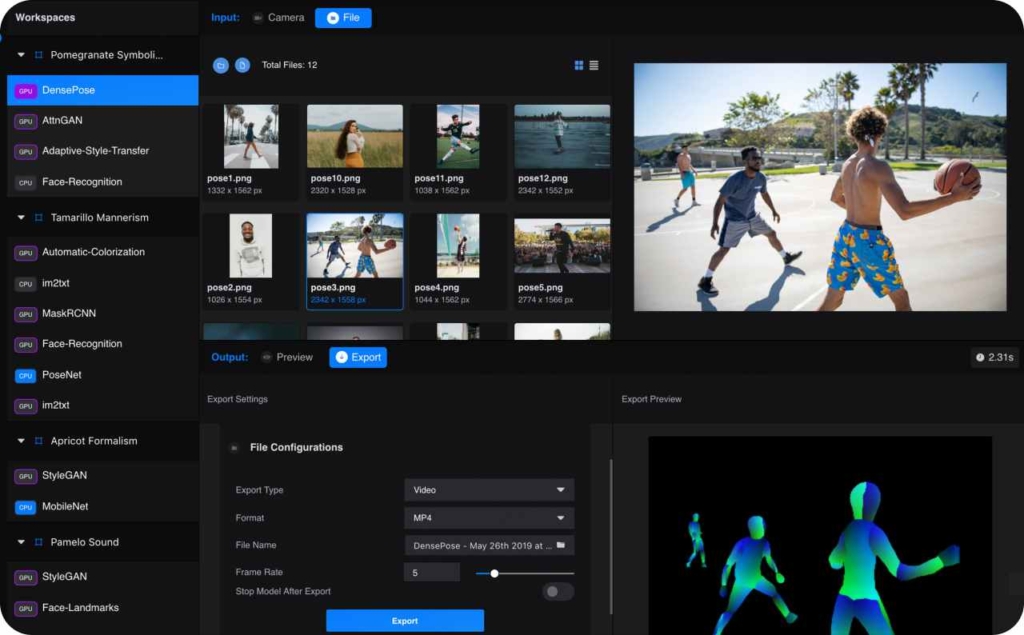
Compared to InVideo: Runway isn’t about templates — it’s about creating new visuals from AI, not arranging existing ones
Pros:
- Best-in-class visuals from text prompts
- Ideal for experimental ads or design-first brands
- Supports creative exploration and AI ideation
Cons:
- Steep learning curve for new users
- Requires GPU power for faster rendering
- Watermark on free plan limits usability
Kling AI
Kling AI delivers frame-by-frame control, making it ideal for use cases that require precision, localization, or avatar motion customization. The platform enables detailed control over gestures, expressions, timing, and environmental interaction — features absent from most AI editors.
- Best for: Product tutorials, technical demos, multilingual teams
- How it works: Upload a script, choose a character or avatar, then use the interface to define exact motion, language, and tone
- Key features: Scene-level avatar control, emotion toggling, localized lip-sync, motion path editing, gesture scripting
- Pricing: From $39/month; all tiers are watermark-free
- Use if: You publish detailed explainers or cross-regional training content
- Real-world use: An edtech platform used Kling to scale onboarding in four languages without re-recording
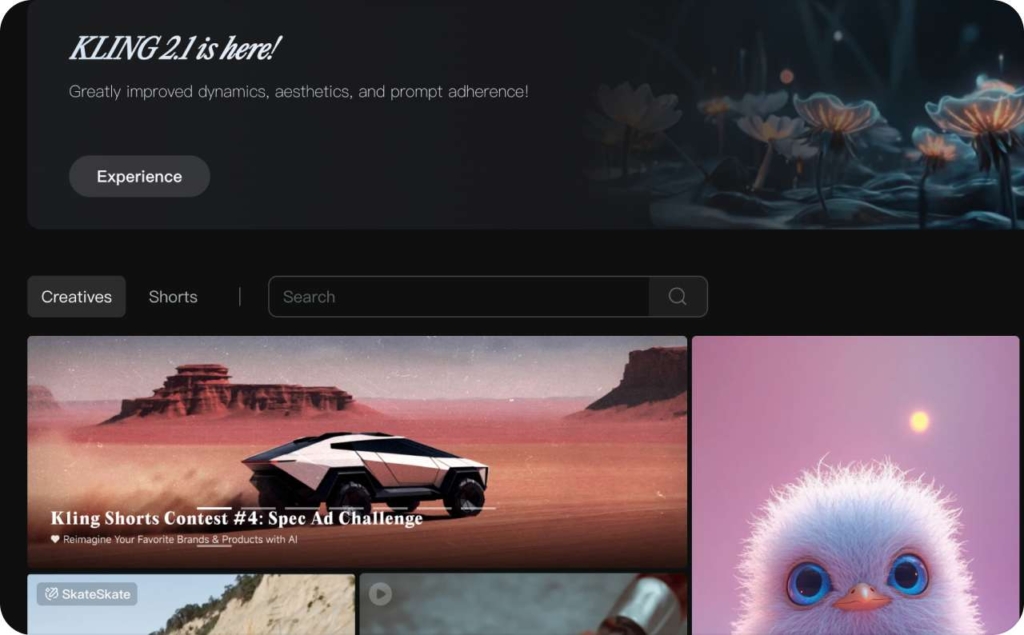
Compared to InVideo: Kling’s avatar control and multilingual scene scripting are far more advanced
Pros:
- Highly customizable avatars
- Great for cross-market messaging
- Reliable localization with lip-sync
Cons:
- Not ideal for social-first content
- Requires more upfront setup per video
Synthesia
Synthesia is the enterprise standard for creating professional avatar-led videos at scale. It’s trusted by teams handling HR, compliance, internal comms, and product training. Its strength lies in consistency, global language support, and centralized brand control.
- Best for: HR, L&D teams, internal comms, compliance workflows
- How it works: Enter a script, select an avatar, choose a language, and Synthesia generates a clean, branded video
- Key features: 140+ avatars, 120+ languages, scene builder, voiceover auto-sync, branded themes, bulk processing
- Pricing: From $30/month; scalable enterprise plans
- Use if: You’re creating repeatable video formats in high volume across departments or regions
- Real-world use: A global tech firm replaced 150 onboarding walkthroughs in 12 markets in 6 weeks
Compared to InVideo: Synthesia eliminates the need for external voice actors and editors while maintaining brand consistency
Pros:
- Professional, consistent output
- Scales across teams and use cases
- Supports localization out of the box
Cons:
- Corporate tone not suited for social campaigns
- Visual styles can feel stiff or generic
Veed
Veed is a practical editor with a lightweight interface and smart AI helpers for creators focused on fast-paced content. It sits between manual editing and full automation — ideal for creators who want control but hate complexity.
- Best for: YouTubers, influencers, ecommerce brands, social-first agencies
- How it works: Upload media or record directly. Edit using drag-and-drop interface, add AI captions, clean audio, and apply preset themes
- Key features: Auto-captions, background noise removal, brand kits, platform-native ratios, batch exporting
- Pricing: Free; Pro from $18/month
- Use if: You need quick turnaround on Instagram Reels, TikToks, or Shorts
- Real-world use: A solo creator produced 40 social videos in 4 days using Veed templates + AI voice cleanup
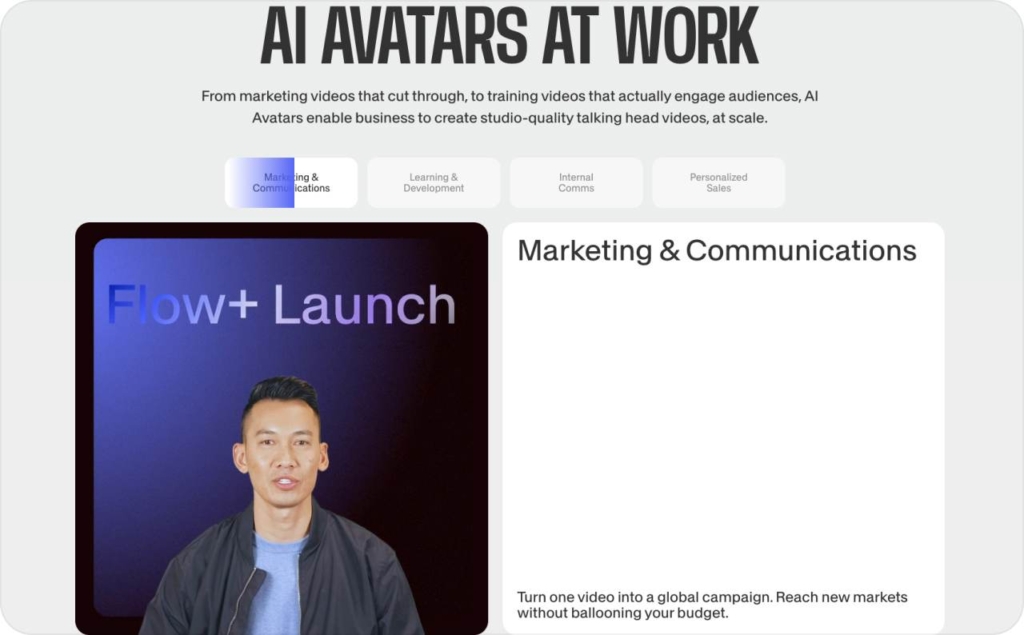
Compared to InVideo: Easier to learn, less restrictive in free version, better subtitle functionality
Pros:
- Fast and user-friendly
- Social-native formats
- Strong balance of AI + manual editing
Cons:
- Watermark on free plan
- Limited flexibility for long-form or multi-scene content
Canva Video
Canva Video brings video into its familiar design-first platform. It’s best for internal updates, presentations, and non-editor teams who need to produce simple branded videos quickly.
- Best for: Internal communications, education teams, early-stage startups
- How it works: Use animated templates, drag in brand assets, drop in stock clips or transitions, and export
- Key features: Template timeline editor, motion animations, stock integrations, brand consistency controls
- Pricing: Free; Pro from $14.99/month
- Use if: You want to enhance static visuals with motion, but don’t need advanced editing tools
- Real-world use: A nonprofit produced 25 campaign update videos in 1 weekend with no editor involved
Compared to InVideo: Easier to use, faster for internal teams, less powerful for editing multiple scenes
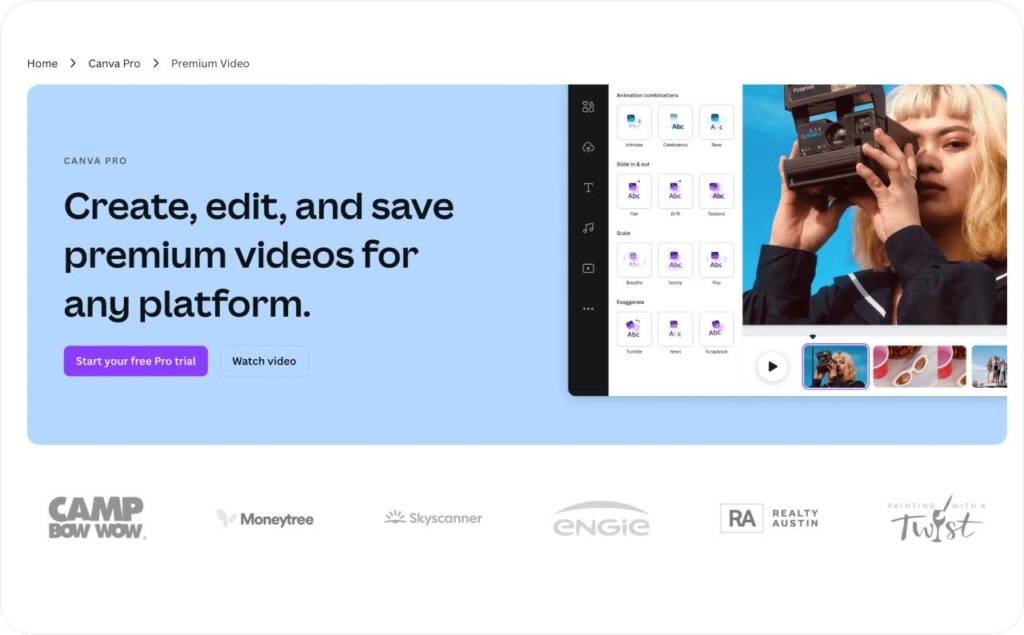
Pros:
- Easy to onboard teams
- Seamless brand consistency
- Great for video-enhanced slides or announcements
Cons:
- Not built for voiceover workflows
- Limited AI scene generation
How to choose the right AI video tool for your needs
This decision guide helps you match your goals, budget, and content type to the right AI video editor. With dozens of platforms on the market, the key is knowing what you need before you subscribe.
Here’s how to choose wisely without overspending or underdelivering.
1. Define what you actually create
Start with your primary content type. This shapes everything else.
If you’re focused on:
- Social media videos, tools like Veed or Canva Video offer drag-and-drop speed
- Webinar clips, blogs, or podcasts, go with Pictory, which automates repurposing
- Training, onboarding, or product tutorials, use Synthesia or Kling AI. They support avatars, subtitles, and multilingual voiceovers
- If you want both static ads and video ads, including AI-generated UGC style videos, Zeely AI is the perfect choice
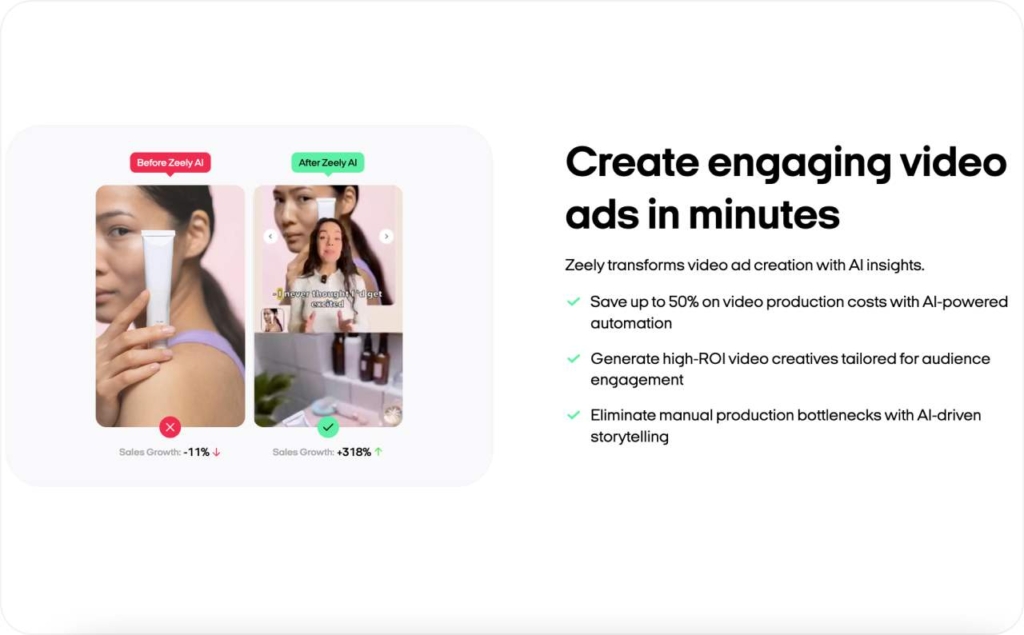
The format you produce should match the platform’s strengths. Otherwise, you’ll waste time fighting features you don’t need.
2. Calculate cost per usable video, not just subscription price
A $15/month plan might sound affordable, until you realize it limits HD exports or adds a watermark to every video.
Watch for:
- Export caps
- Watermark removal fees
- Locked features behind “Pro” or “Business” tiers
Instead of comparing plans on price alone, calculate:
Total monthly cost / Number of usable exports = Cost per deliverable video
For example, some creators using InVideo switch to tools like Sora or Pictory after realizing they spend more removing watermarks than creating content.
3. Check integration capabilities with your stack
If your workflow includes tools like HubSpot, Notion, WordPress, or Google Drive, you need a platform that plays nicely with your system.
Look for:
- Direct publishing to YouTube, LinkedIn, or TikTok
- CMS embed options or download presets
- Zapier, Make.com, or custom API access for automation
Without these, you’ll burn time reformatting and uploading manually. The editor should integrate into your publishing pipeline.
4. Make sure the tool scales with you
Many teams outgrow their first AI video editor within months. Don’t make that mistake.
Check for:
- Collaborative editing, shared libraries, and user roles
- Export volume flexibility, especially during campaign peaks
- Admin-level branding control across templates and subtitles
If your team doubles, will you need to upgrade? Will each user need their own license? Choose a platform that expands without hidden cost traps.
Scalability is a core selection criterion, especially for agencies, SaaS teams, or creators scaling into paid courses or brand deals.
5. Prioritize functional value, not just UI
Some tools look slick but fall apart in daily use. Focus on what impacts delivery:
- Script-based automation
- Video speed-to-output ratio
- Custom branding options
- Voiceover quality, subtitle accuracy, and avatar diversity
Case in point: A coaching company cut 12 hours/month by switching to a tool with batch export, avatar templates, and watermark-free plans. Flashy design didn’t matter — workflow speed did.
Conclusion
If InVideo AI has felt like more of a constraint than a creative partner, you’re not alone. Rigid templates, watermark restrictions, and usage limits hold back teams that need speed, flexibility, and control.
The good news? You have real options now. From Sora’s fast text-to-video creation to Runway ML’s visual realism and Synthesia’s multilingual avatars, the tools available in 2025 aren’t just better — they’re built for how you actually work.
Switching to the right InVideo alternative means more than avoiding export caps. It means getting your time back. Scaling with ease. Delivering content that feels on-brand without paying extra to remove logos or unlock editing tools.
Thousands of marketers, educators, and creators have already made the shift. You’ve seen the comparisons, the features, the workflows. Now it’s your move.
Start with a free trial. Explore the interface. Run a test project.
Your next creative leap is one click away and this time, no watermark’s tagging along.
Read more about other alternatives














Also recommended
